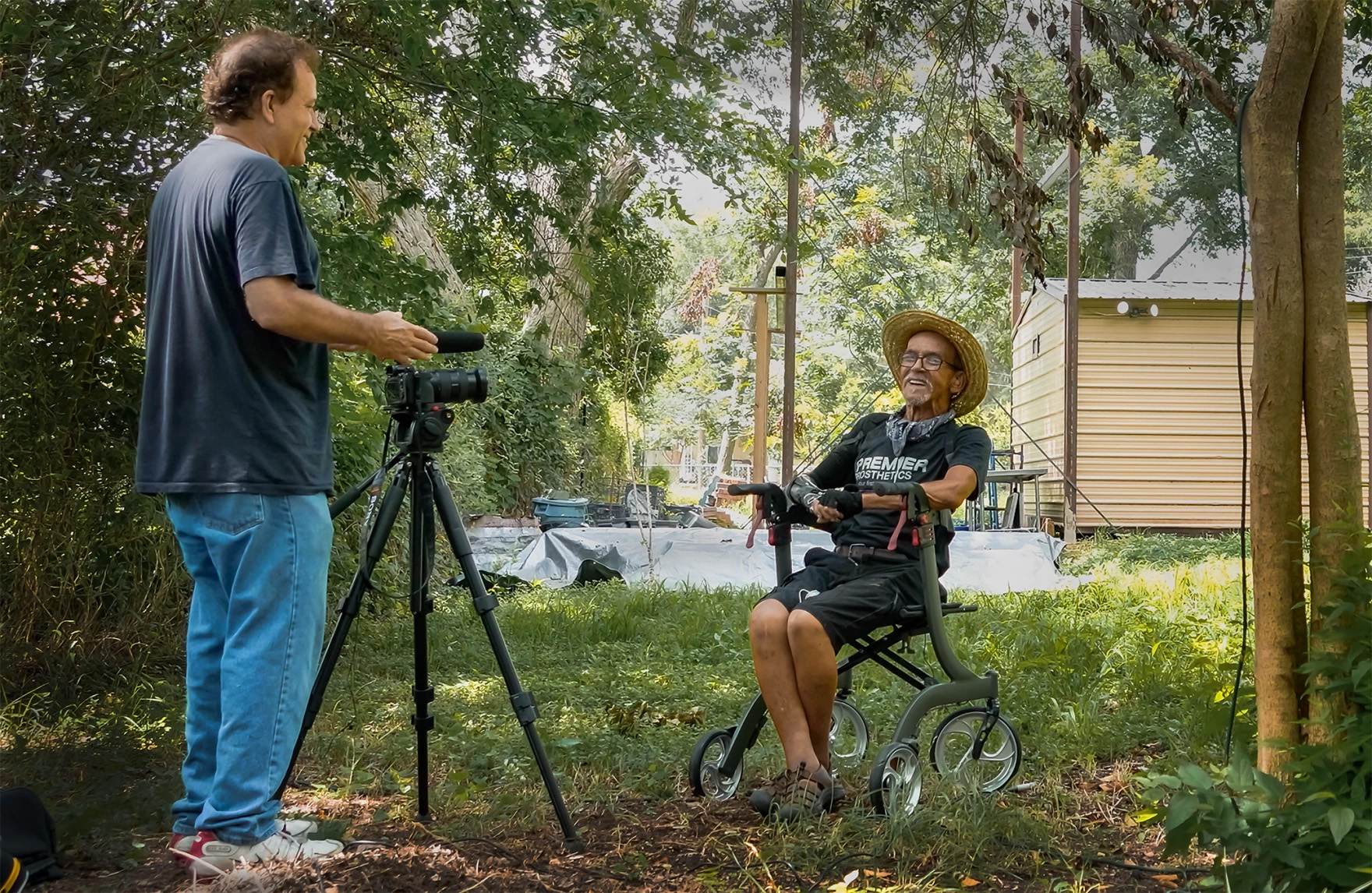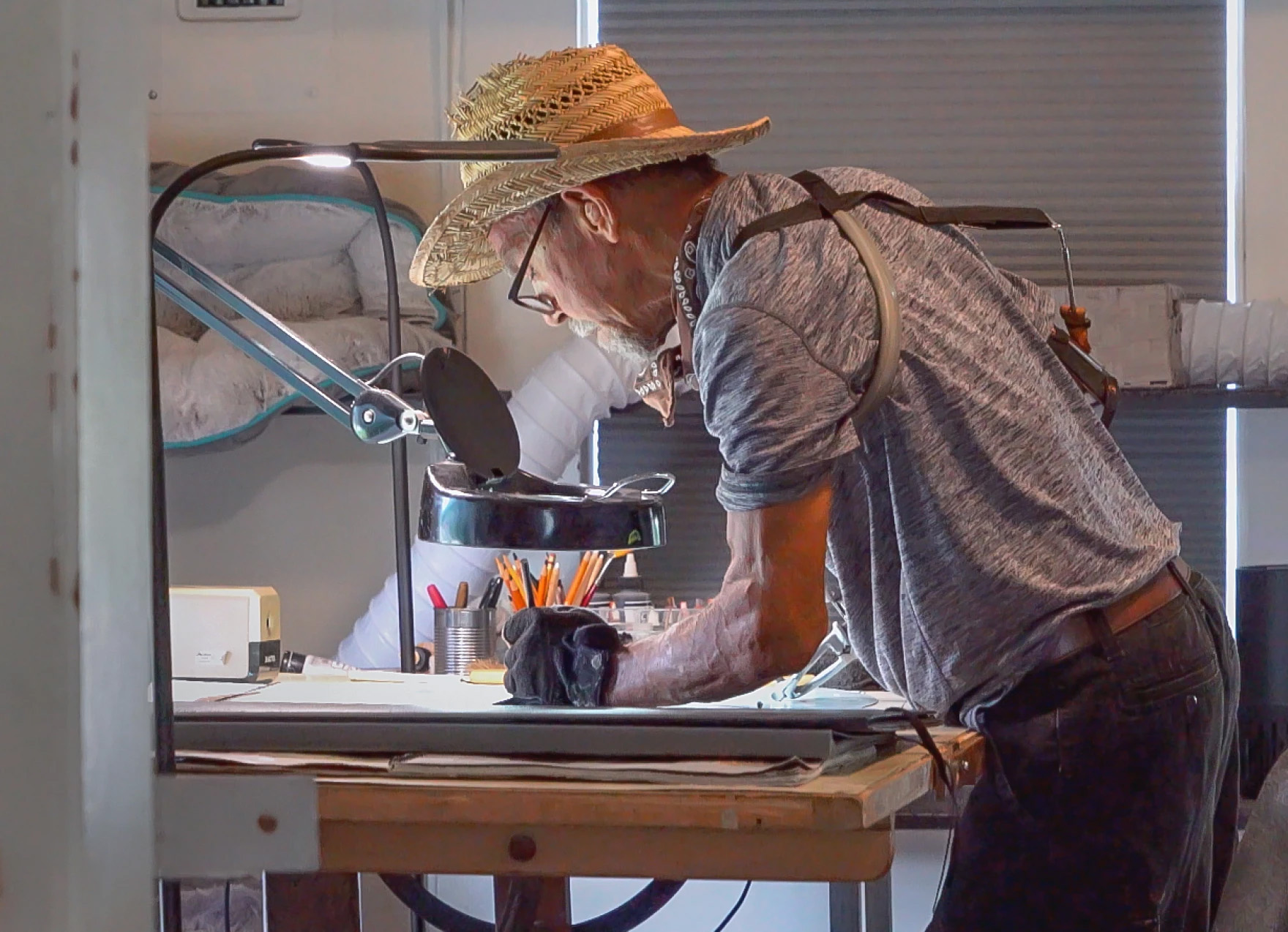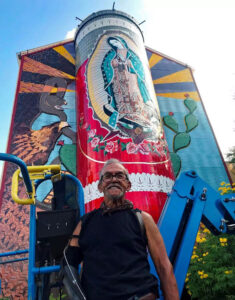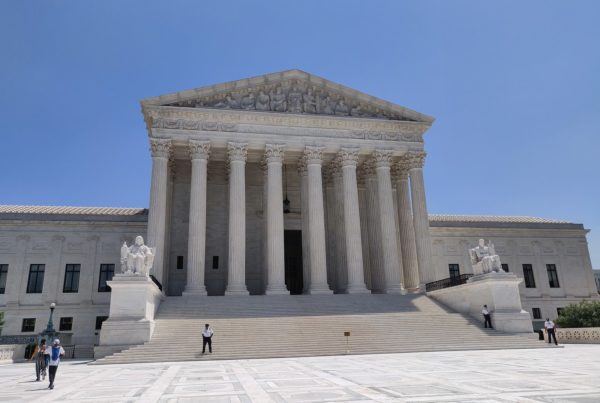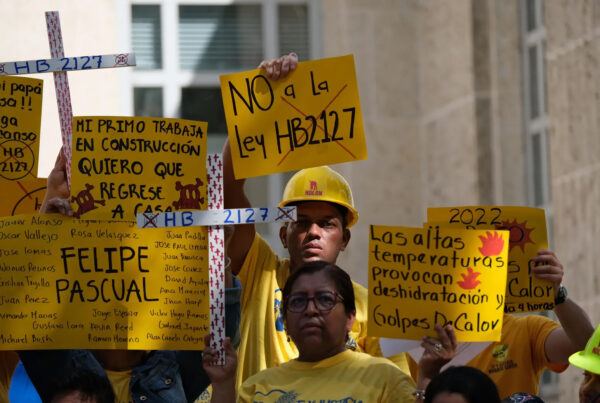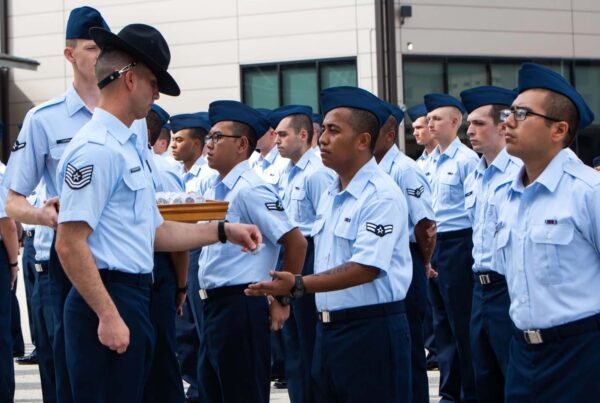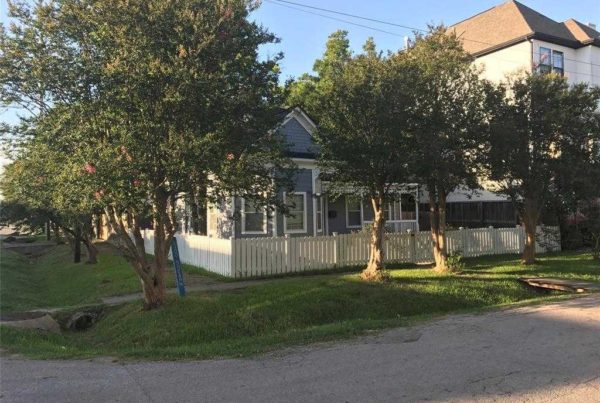From Texas Public Radio:
Jesse Treviño, the artist who many San Antonians regard as the city’s greatest, died in February.
When Treviño died, former WOAI TV anchor Randy Beamer was already assembling interviews to create a documentary about the artist. Now that film is out.
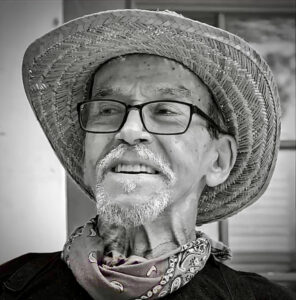
Jesse Treviño
Jesse Treviño: The Artist, The Man lives up to its expansive title, showing lots of art, and it also does a deep dive into the man who created it.
Beamer said Treviño’s life is a great example of overcoming odds.
“He is born in Mexico into poverty, one of 12 children. Moves to San Antonio with his family when he is four, is a child prodigy in arts and is going to do great things,” Beamer said. “He won all kinds of contests, grade school and high school, and then he won scholarships to both the Art Students League of New York and the Chicago Art Institute. [He] chose New York because he had a family member living in Brooklyn.”
Treviño moved to New York’s pre-hippie enclave of Greenwich Village, and after much success at school, was contemplating a move to Paris. Treviño said that move would never happen because of the Vietnam War.
“That’s when I got drafted, and I ended up in Vietnam,” Treviño said. “I got blown up by a booby trap and got shot into my leg at the same time. I didn’t think I was ever going to make it.”
In fact, he barely did. Beamer’s documentary weaves stories from Treviño himself, and friends and family to tell one of the city’s most amazing stories.
Henry Cisneros, for San Antonio mayor and HUD secretary in the Clinton administration, did his interview in a car while he was driving down the street both he and Jesse were raised on.
“This is the block on which Jesse lived, and I lived down the street, Cisneros said. “This was sort of our bicycle raceway, right here. I could tell you every square footage of this space.”


